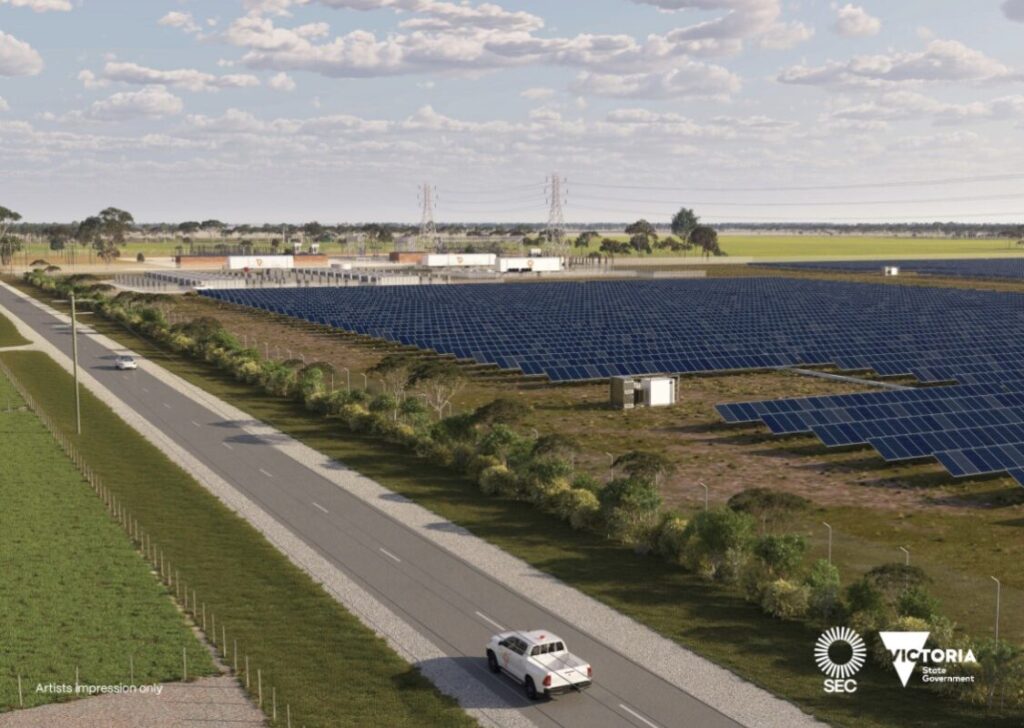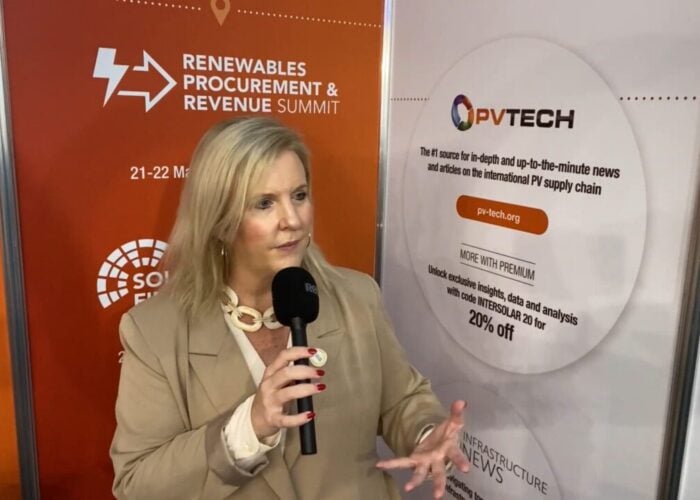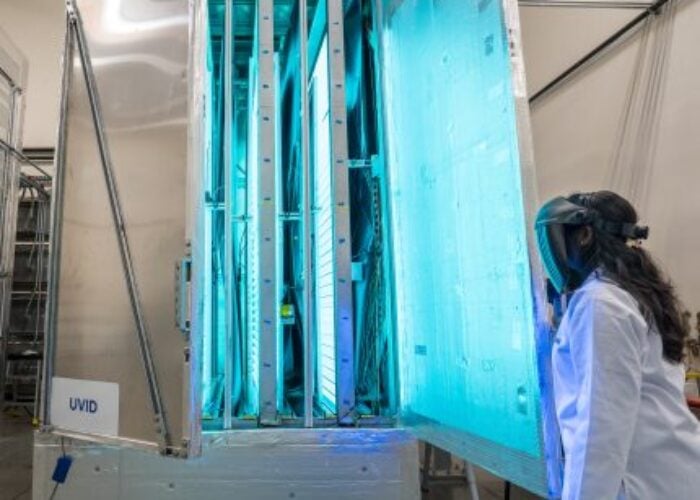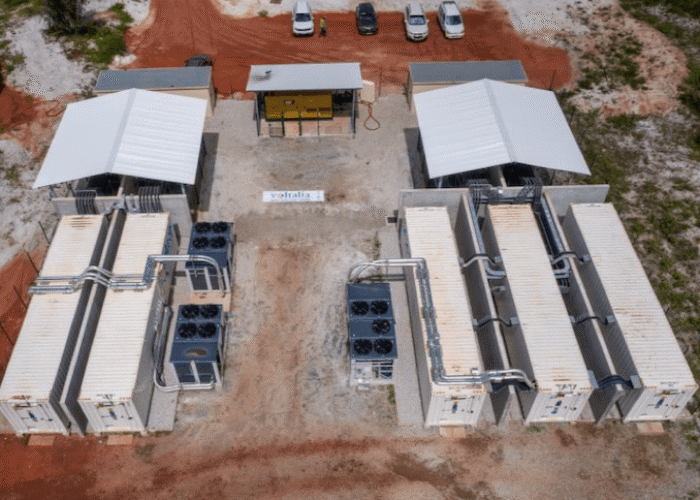
The State Electricity Commission (SEC), a state-owned energy company in Victoria, Australia, has confirmed that construction has started on the 119MW SEC Renewable Energy Park.
The project, which will see a 100MW/200MWh battery energy storage system (BESS) co-located with a 119MW solar PV power plant, will be built in two stages with the support of developer OX2.
Try Premium for just $1
- Full premium access for the first month at only $1
- Converts to an annual rate after 30 days unless cancelled
- Cancel anytime during the trial period
Premium Benefits
- Expert industry analysis and interviews
- Digital access to PV Tech Power journal
- Exclusive event discounts
Or get the full Premium subscription right away
Or continue reading this article for free
As reported previously by Energy-Storage.news, energy storage system integrator Energy Vault will supply the BESS. The system will be built using the company’s X-Vault integration platform and its UL9540 and AS3000-certified B-VAULT integrated BESS enclosures.
Energy Vault, which also provides a proprietary gravity energy storage technology, has been employed by several developers for energy storage sites in Australia. This includes Acen Australia, which confirmed that Energy Vault would provide a 400MWh BESS for the New England project in New South Wales.
Speaking previously on the SEC Renewable Energy Park, Energy Vault’s chairman and CEO, Robert Piconi, said the partnership is “well-aligned” with the company’s mission to accelerate the clean energy transition.
The SEC Renewable Energy Park will be Victoria’s first 100% publicly owned utility-scale renewable energy project. It is estimated to cost around AU$370 million (US$240 million) to develop fully and is being constructed around 300km northwest of the state capital, Melbourne, in Horsham.
In a LinkedIn post, the SEC confirmed that work has started on installing the solar PV, with pre-construction having commenced in February. The site is expected to be fully operational in 2027.
This article first appeared on our sister site, Energy-Storage.news. You can read the full version here.






